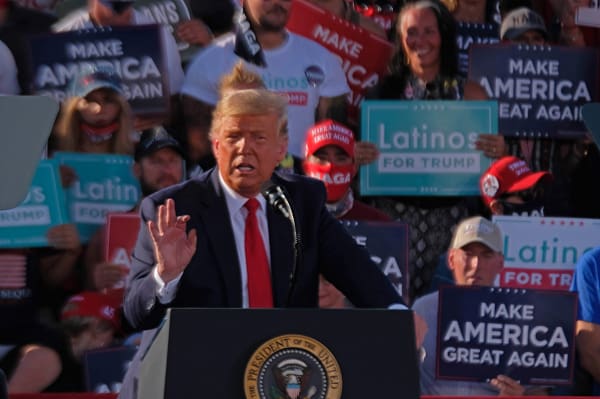Bussiness
The price of gold declines, impacted by bond market concerns over Trump’s return – London Business News | Londonlovesbusiness.com

Returning to economic data, the weak labour market has increased expectations of soon lowering interest rates, boosting risk appetite.
But this effect will not be sustainable, because all the negativity in the macroeconomy does not lead to deflation.
On the contrary, we saw confirmation of wage growth at 4.1% year-on-year, and inflation reading came in at 3.3% year-on-year.
At the same time, the unemployment rate reached its highest level in 31 months.
From my point of view, this means that the economic situation is deteriorating faster than inflation is slowing down. In this case, lowering the main interest rates would be an attempt to support economic growth rather than removing excessive monetary policy tightening.
This also means that the chances of lowering interest rates for “bad” reasons rather than good reasons for the markets are increasing, negatively affecting risk appetite in the medium term.
So far, gold has reached a resistance level of $2390, which also caused the current reversal. Further improvement in risk appetite in global financial markets cannot be ruled out. The ability of gold to gain strength above $2390 could serve as an important price signal, heralding a new test of its historical highs near $2450.
However, we can see a greater chance of further downward pressure on the gold price. We see that breaking the 50-day moving average support at $2340 is the first bearish signal. The price could then quickly fall to the $2300 region, a key support area to determine the gold price movement over the coming months.
A decline below this level would break the upward trend since October, which began when the Federal Reserve first indicated its readiness to cut interest rates.









